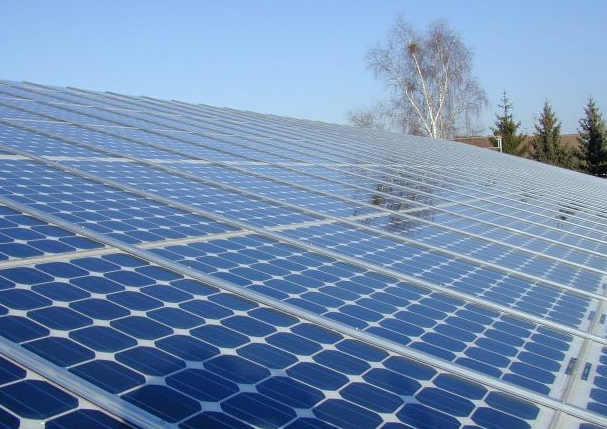Code Green Solutions


Article via USGBC.org. See original here.
In 2017, USGBC is setting our expectations to zero—zero net energy. According to a report released last quarter by the New Buildings Institute (NBI), there are currently 332 buildings that have been either verified as or are on their way to achieving zero net energy (ZNE). That’s a 74 percent increase since the last count, a little over a year before—very good news from the building industry, which has an outsized opportunity to take bold action on climate through green buildings that save energy, water and money.
Up from 33 projects in 2014, 53 projects have now been verified by NBI as having achieved ZNE for at least one full year. NBI verifies the performance data, ensuring that the total consumption of energy, from all sources, has been fully balanced by onsite renewable energy generation on an annual basis.
USGBC is excited to complement NBI’s pioneering work to support and recognize buildings achieving net zero energy, with ongoing net zero carbon tracking tools built into our new venture, Arc. Arc provides building owners and operators with a new platform to track net zero carbon emissions associated with energy and transportation, along with an array of performance data representing LEED’s full-spectrum focus on building sustainability. We’ve committed to developing a designation for net zero carbon in energy use to recognize these leading buildings with performance verified through Arc.
As a complement to LEED and other green building rating systems, standards, protocols and guidelines, Arc is a performance measurement platform that enables incremental improvements and can put a project on track for LEED or other rating system certification.
More than 60 percent of the 2016 ZNE verified buildings have also earned LEED certification. Of course, LEED certification adds an extra badge of honor to these projects (with many benefits), but it also ensures that the laser focus on energy performance does not take away from substantial opportunities to either slash other impacts or contribute to solutions to human and environmental health concerns.
A 2014 study by the University of California at Berkeley further emphasized the climate benefits of LEED-certified buildings beyond their operating energy performance. The study found that, “on average, the certified green commercial buildings cut greenhouse gas (GHG) emissions from water consumption by 50 percent, reduced solid waste management-related GHG emissions by 48 percent and lowered transportation-related GHG emissions by 5 percent, when compared to their traditional California counterparts.” LEED also challenges projects to look at procurement decisions for building materials and ongoing consumables, which can save energy, water and carbon in extraction, manufacture and transport.
So, if we’re to expect a lot more zero in 2017, where will we see the most action? The NBI report shows ZNE buildings activity in 39 states and in several Canadian provinces, too. The undisputed ZNE leader is California. State policy nearly 10 years ago set goals for all new residential construction to be ZNE by 2020 and for all new commercial construction to achieve the same by 2030. L.A. County and USGBC Los Angeles is working on a net zero water ordinance.
In August, 2016, NBI and California state agencies announced a milestone: there were more than 100 commercial buildings in California that were either ZNE verified (17) or working toward that target (91). For more on what’s next in California’s ZNE buildings landscape, see the spring/summer 2016 California ZNE Watchlist.
Looking ahead, the NBI report sheds light on some very encouraging news. ZNE buildings are no longer just demonstration projects or market outliers built by government initiative. “Today’s list includes a wide range of mainstream building types and ownership that reflect a more universal trend of ZNE adoption,” according to the NBI release.
Who knows—maybe our Project Haiti will be among the next set of recognized buildings? Currently under construction, the LEED Platinum-seeking orphanage in Port-au-Prince is designed to achieve net zero energy and net zero water to enhance its resiliency for occupants. With your help, we can keep up this progress in 2017, adding more zeros to the next list of zero net energy buildings.